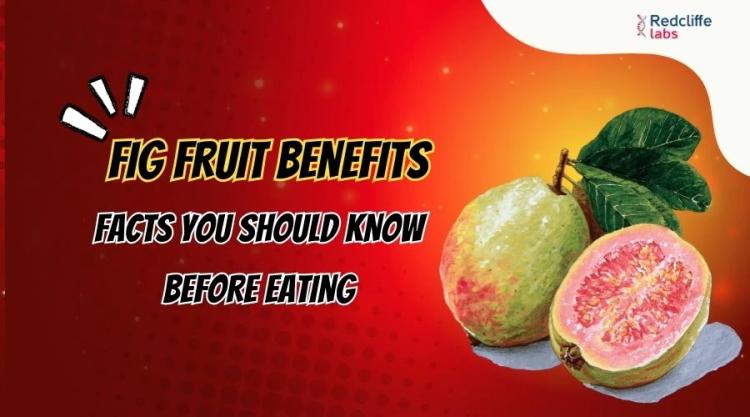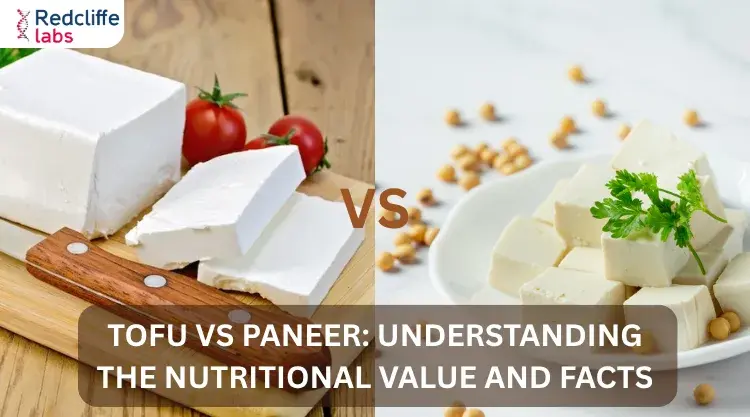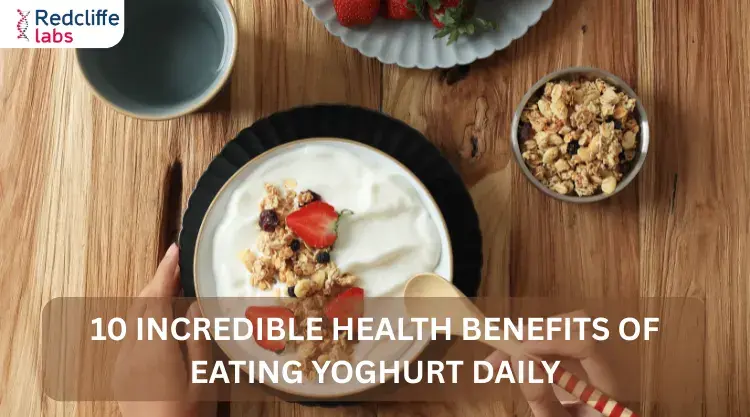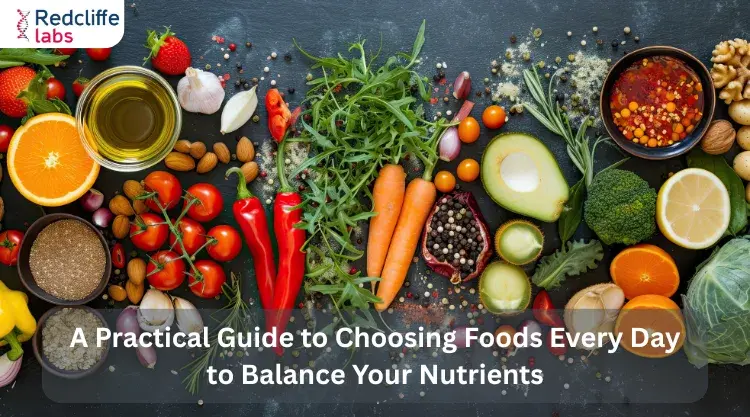Haemoglobin Increasing Foods: Increase Haemoglobin Naturally

Medically Reviewed By
Dr. Ragiinii Sharma
Written By Dr Divya Rohra
on Feb 28, 2022
Last Edit Made By Dr Divya Rohra
on Sep 4, 2025

Haemoglobin is an iron-rich protein found in the RBCs (Red blood cells). It performs the function of transporting oxygen to tissues and cells of the entire body. It is also responsible for carrying carbon dioxide from cells and transports it to lungs for exhalation. Based on its functions, it is very crucial for life.
Normal level of haemoglobin
It is very important to maintain normal levels of haemoglobin in the blood for proper functioning of the body. Normal level of haemoglobin in blood is 14 to 18 g/dl for adult men and 12 to 16 g/dl for adult women. When there is less haemoglobin in the blood, it leads to various symptoms such as weakness, fatigue, headaches, shortness of breath, dizziness, poor appetite and rapid heartbeat. Significantly decreased levels of haemoglobin may be an indication of a condition known as anaemia.
Symptoms of Low Haemoglobin level
The symptoms of anaemia start showing up when the haemoglobin level drops below 8gm. An anaemic patient suffers from weakness, low blood pressure, lack of concentration, and less energy levels. The below mentioned symptoms can be the indicators of low haemoglobin levels:
- Extreme fatigue/ tiredness
- Bruising easily
- Fainting spells
- Lack of blood clotting
- Weak bones
- Sore tongue
- Lack of concentration
The production of haemoglobin is important for the body. It is vital to have a proper diet to maintain an optimum level of haemoglobin. To maintain optimum level of haemoglobin, you should increase intake of foods that help in the production of haemoglobin.
Who Needs More Iron?
Everyone needs iron, but people who are particularly susceptible to low haemoglobin including menstruating women, pregnant women, growing children and patients recovering from illnesses need more iron. It is a crucial phase when a female starts menstruating, because the body is losing out on a lot of blood. Body needs more iron at that point, so if you don't take precautions early on, it can lead to anaemia in the near future.
Increase Your Haemoglobin Levels Naturally
Iron-rich foods:
One of the most common causes of low haemoglobin levels is iron deficiency. Thus, it is important to eat food products containing iron. Some good iron-based foods include liver, red meat, shrimp, tofu, green leafy vegetables, nuts, dates, lentils, fortified breakfast cereals, oysters, and asparagus. You can also go for iron supplements, but make sure you consult your doctor for the correct dosage as high doses of iron can be harmful.
Increase Vitamin C Intake
Low haemoglobin levels due to a deficiency of vitamin C can be corrected by eating foods rich in vitamin C. Foods that are rich in vitamin C are papaya, oranges, lemon, strawberries, bell peppers, broccoli, grapefruit, tomatoes, and spinach. You can also go for vitamin C supplements, but again, you need to consult with your health care provider for proper dosage before taking them.
Take Folic Acid
Folic acid is a type of vitamin B; it is required for the production of red blood cells. Therefore, if you have a folic acid deficiency, you are also at a higher risk of having a low haemoglobin level. Foods that are rich in folic acid, and you must include in your diet are green leafy vegetables, liver, rice, sprouts, dried beans, wheat germ, fortified cereals, peanuts, bananas, and broccoli. You can also take 200-400 milligrams of a folate supplement daily after consulting your healthcare provider.
Beetroots
Beetroots are highly recommended to enhance your haemoglobin levels. It is high in iron, folic acid, fibre, and potassium. It’s nutritional value helps to increase and maintain the red blood cell count of the body. You can cook 1-2 beetroots in a microwave or roast them on the stove. Allow them to cool and then peel them before eating. Also, you can make a healthy juice with one medium-sized beetroot, three carrots, and ½ of a sweet potato and drink it once daily.
Pomegranate
Pomegranate has iron and calcium along with protein, carbohydrates, and fibre. It’s nutritional value can help increase haemoglobin level in the blood and promote healthy blood flow. Try eating a medium-sized pomegranate or drink a glass of pomegranate juice daily. An alternative is to take two teaspoons of dried pomegranate seed powder mixed with a glass of warm milk. Drink it daily.
Drink Nettle Tea
Nettle is a herb that is a good source of B vitamins, iron, vitamin C and can play a key role in increasing your haemoglobin levels. Add 2 teaspoons of dried nettle leaves to a cup of hot water and allow it to sit for 10 minutes. Then strain, and add a little honey. Drink this twice daily.
Other Food that increases Haemoglobin Levels
- Pumpkin Seeds
- Dates
- Watermelon
- Pulses/ Legumes
- Whole-grain bread, cereals, and pasta
- Yoghourt/ Curd
- Strawberries
- Guava
- Kiwi
- Papaya
- Grapefruit
- Spearmint leaves (Pudina)
- Basil leaves (Tulsi)
- Coriander (Dhania)
- Bay leaf (Tej Patta)
Additional Tips
- Avoid foods containing gluten.
- If you are a vegetarian, eat more cereals, beans, tofu, dried fruits, and spinach.
- Consume more iron-rich food after your menstrual period and during pregnancy.
- Avoid taking over-the-counter stimulants if your energy levels are low.
- You can also include some type of exercise in your daily routine. Moderate to high intensity workouts are highly recommended, because when you exercise - your body produces more haemoglobin to meet the increasing demand for oxygen throughout the body. Eating a balanced diet is the best way to ensure you get a daily supply of all essential nutrients.
Conclusion
Haemoglobin is an important iron-rich protein that is needed for the proper functioning of the body. It is crucial to maintain optimum levels of haemoglobin in the body. Low level of haemoglobin leads to anaemia and symptoms such as dizziness, fatigue, lack of concentration, and racing heartbeat. To maintain optimum levels of haemoglobin in the body, one should look after the food they are having. It is recommended to have certain foods that help to increase haemoglobin such as beetroots, pomegranate, nettle tea, iron and vitamin C rich foods. Haemoglobin levels can be maintained using natural home remedies along with moderate exercise.
Leave a comment
1 Comments
Judith
Oct 7, 2024 at 7:55 AM.
This is helpful,it really helped me to gain more knowledge,thank you for giving us the information,it really helps a lot.
Myhealth Team
Oct 8, 2024 at 5:17 AM.
We are glad to hear that you found the information helpful! If you have any more questions or need further assistance, feel free to ask. Your health and understanding are important, and we are here to help!



